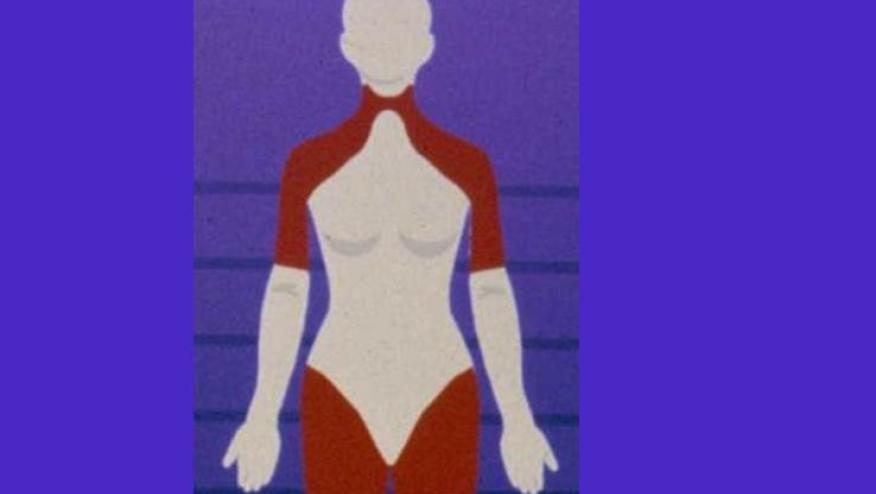Imaging Reveals Anatomical Focus of Inflammation in PMR Save

Two studies presented at ACR18 have used imaging to examine one of the key unanswered questions in polymyalgia rheumatica - what structures are the focus of inflammation in the disease – and demonstrated that peritendineal involvement is ubiquitous in and distinctive of PMR.
The culpable anatomical involvement in PMR remains controversial and elusive, despite equivalent clarity existing in most other similarly common rheumatic diseases. This ambiguity has limited not only the objective diagnosis in non-classical presentations but also the development of targeted and effective steroid-sparing therapies.
Dr. Fruth and colleagues, including Xenefon Baraliakos and Jurgen Braun, from Rheumazentrum Ruhrgebiet in Germany found peritendinous contrast enhancement differentiated the contrast-enhanced pelvic MRI scans of 40 patients with symptomatic PMR from 80 patients with other causes of pain. In particular, a characteristic pattern of bilateral involvement of peritendinitis of rectus femoris and adductor longus was able to discriminate patients with PMR with a sensitivity of 100% and a specificity of 95%.
In addition, Dr. Laporte and colleagues from Brest in France were able to identify similar myofascial lesions on MRI in a post-hoc analysis of the TENOR study, which examined tocilizumab in PMR patients. They showed that not only did all patients have these lesions, but that tocilizumab led to improvement of these lesions.
These studies build on previous work identifying analogous peritendineal changes on whole body MRI (https://ard.bmj.com/content/74/12/2188) and PET/MRI fusion (https://academic.oup.com/rheumatology/article-abstract/57/2/345/4600756). This establishment of a characteristic imaging appearance not only offers the potential of a useful diagnostic tool, but also provides the basis for further work into the pathophysiology of PMR and future therapeutic targets.









If you are a health practitioner, you may Login/Register to comment.
Due to the nature of these comment forums, only health practitioners are allowed to comment at this time.